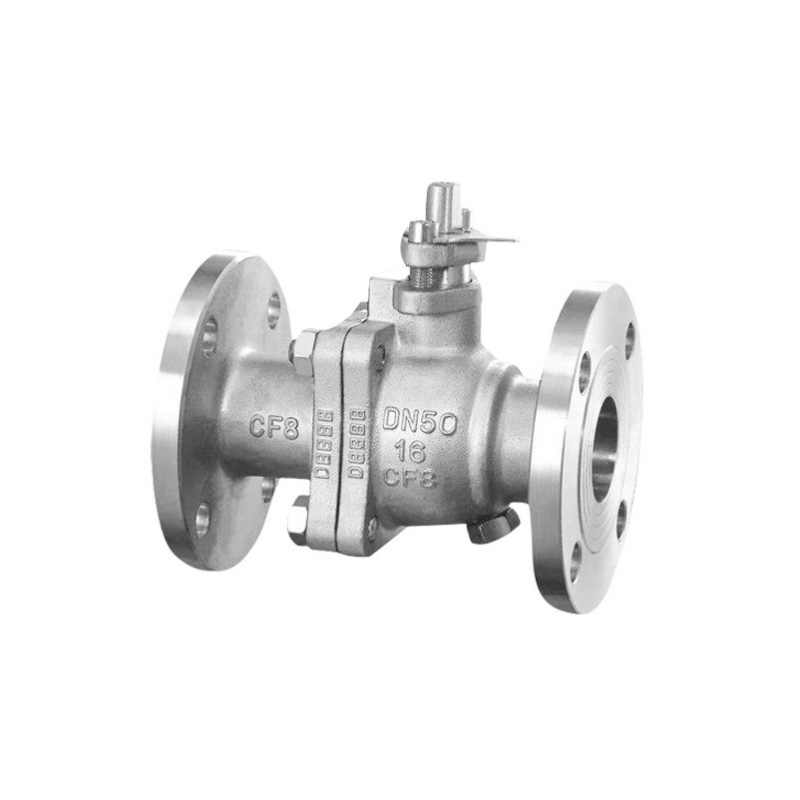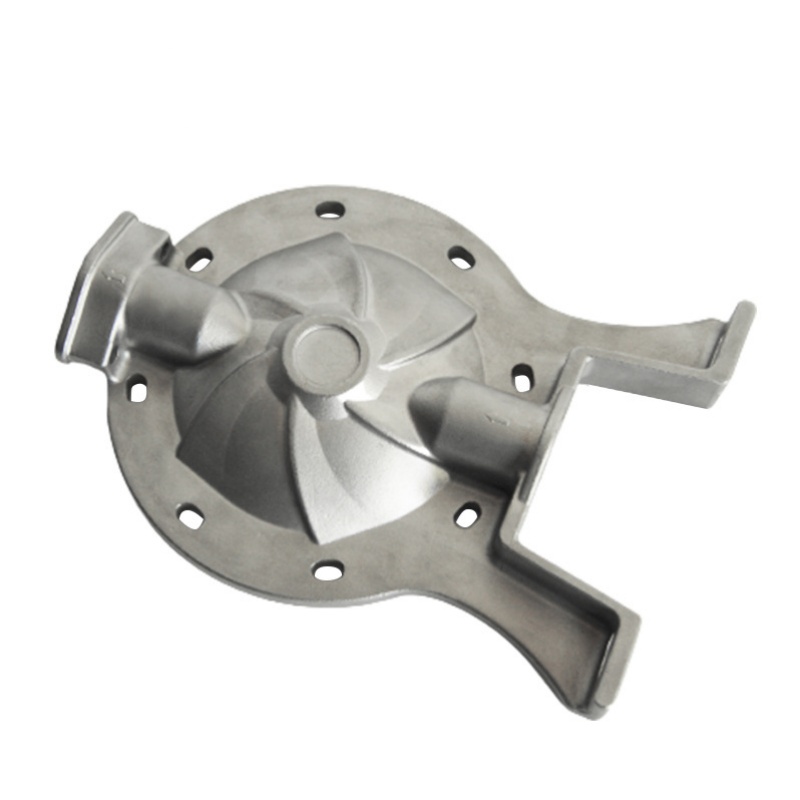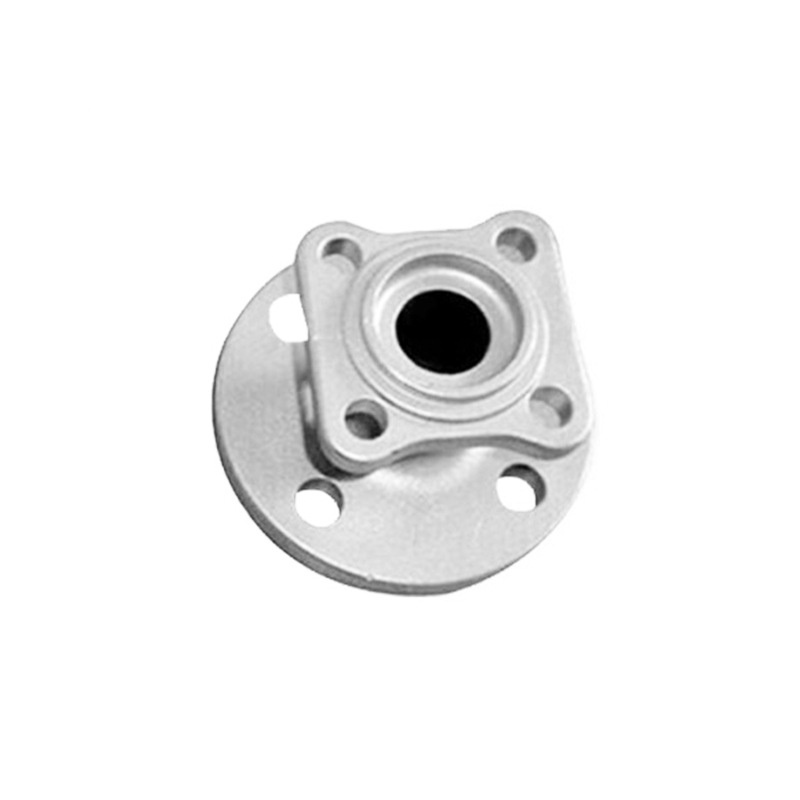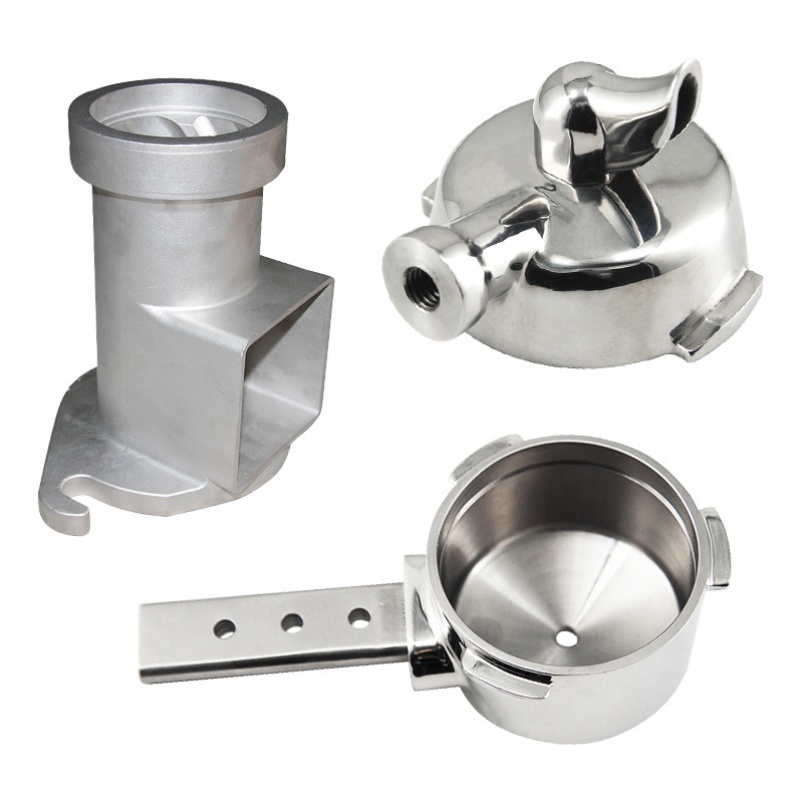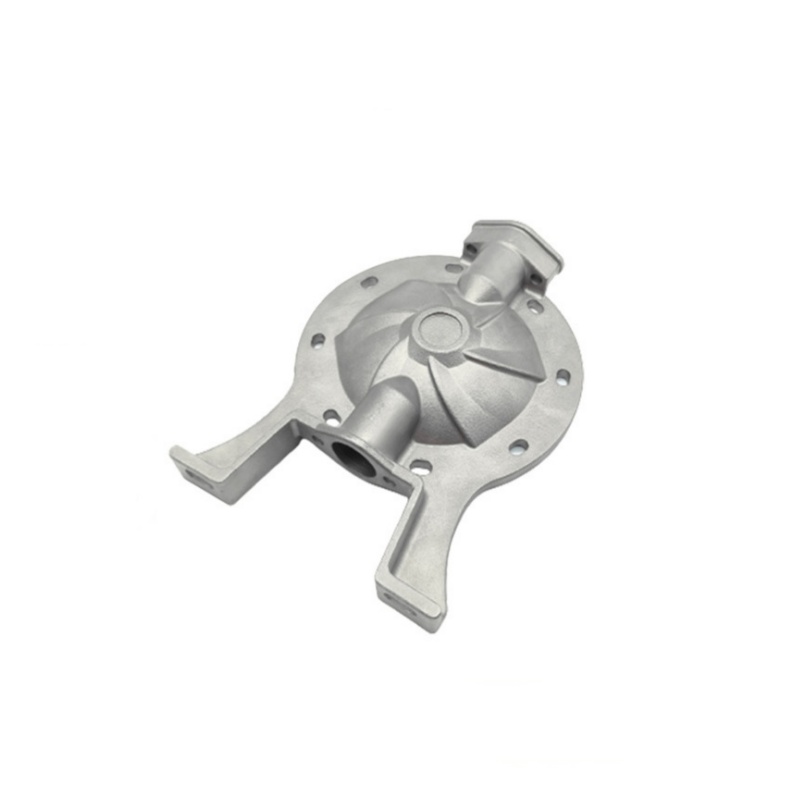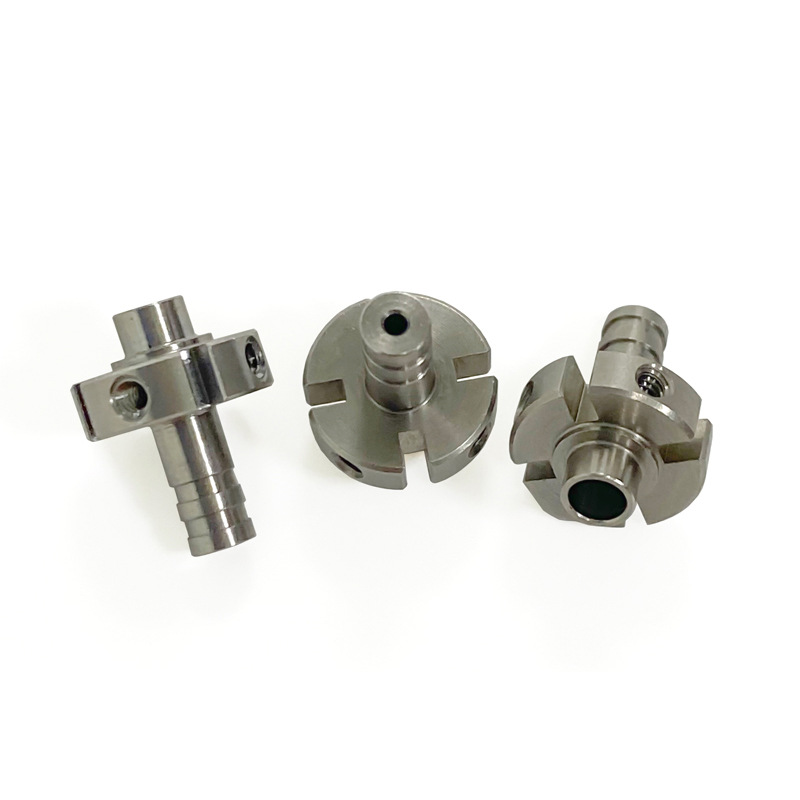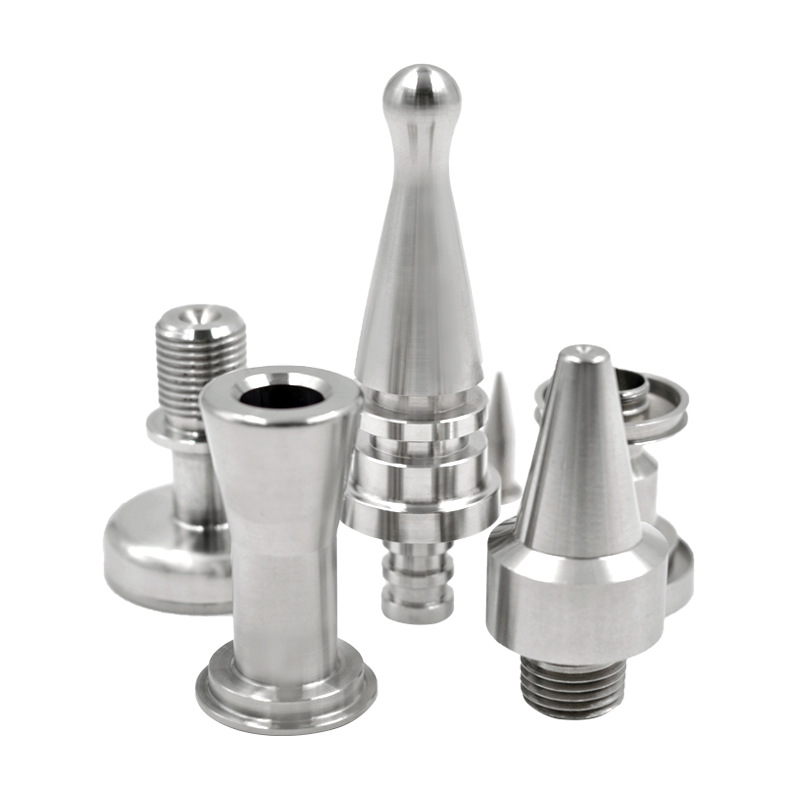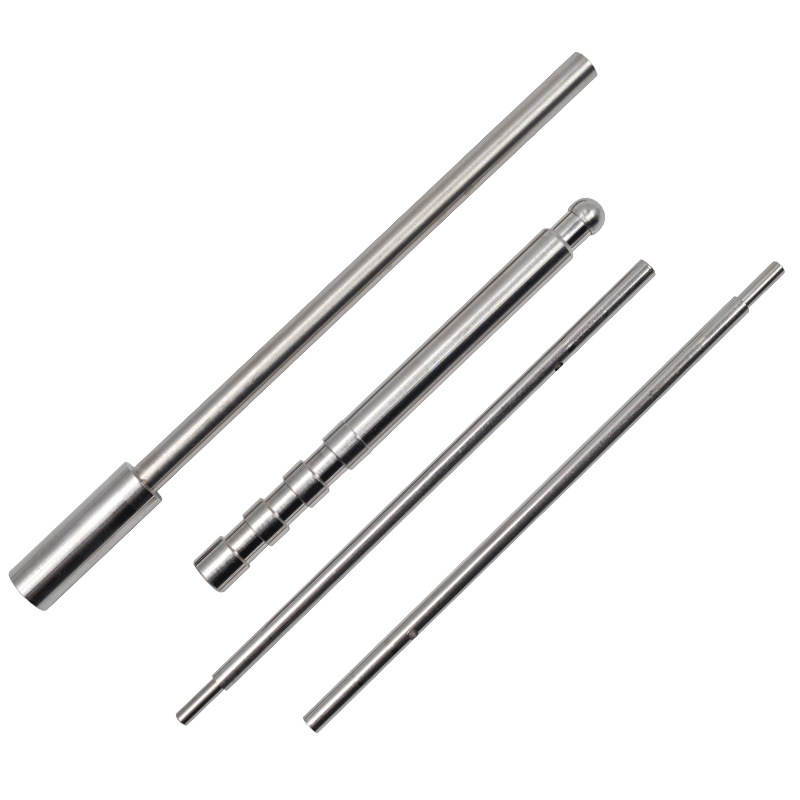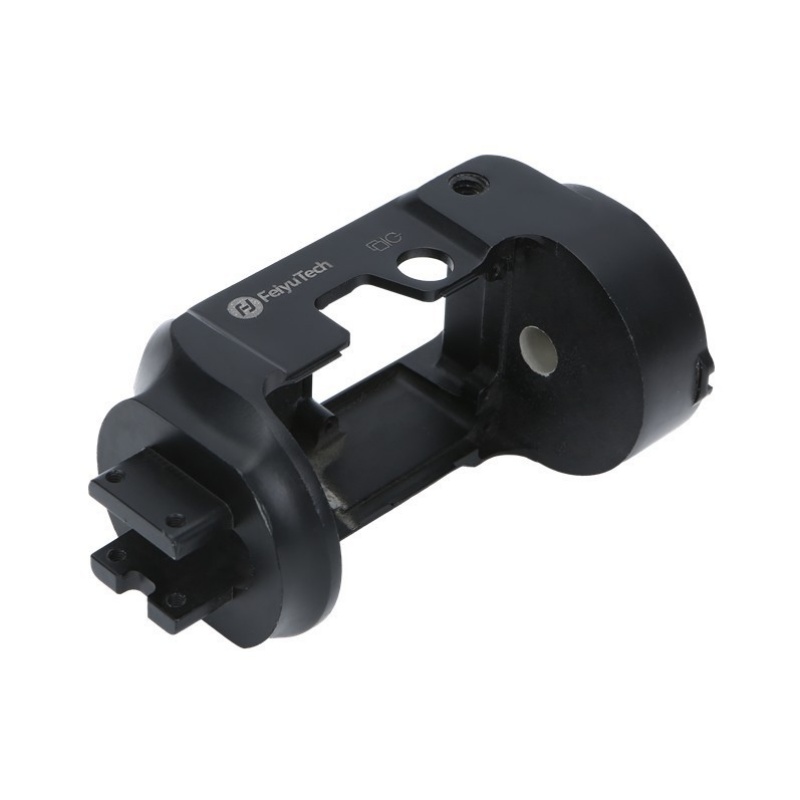Product Description
Complex shape reconstruction
Filter pump valve fittings often have complex shapes, which may include complex internal flow channels, thin-walled structures, special-shaped chambers, etc. Precision casting can easily handle these complex geometric requirements. Using precision casting methods such as investment casting, various complex features in the design model can be accurately reproduced. For filter fittings with zigzag flow channels, precision casting ensures that the shape and size of the flow channels are accurate and that the fluid flows in them as intended, enabling efficient filtration and flow control.
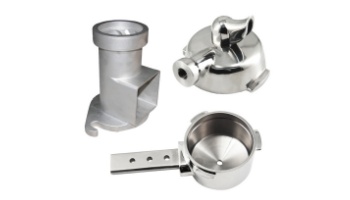
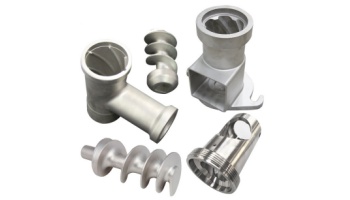
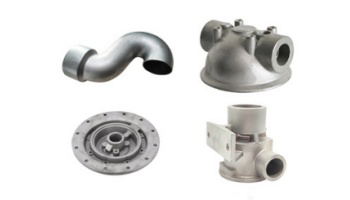
Product parameters
| specification | argument | specification | argument |
|---|---|---|---|
| Product name | Stainless steel non-standard parts | Dimensional accuracy | CT6 |
| Molding process | Gravity casting | Sand casting types | Clay dry sand type |
| material | 304/316/2205 | Types of special casting | Lost die casting |
| custom | Can be customized by drawing and sample | Product technology | Silica sol precision casting/lost wax casting/investment casting |
| Proofing cycle | 8 to 15 days | Surface treatment | Blank face drawing mirror light |
| Processing cycle | 16 days and above | Product processing | We have CNC, machining and other processing equipment to meet your various processing needs |
Custom Process

Consult customer service

Confirm specifications

Pay a deposit

Arrange production

Multi-level quality inspection

Pay the balance

Arrange delivery

Confirm receipt of goods
Process Type
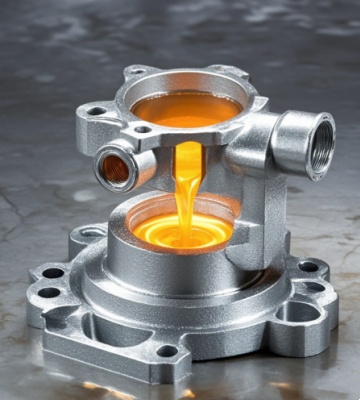
Metal mold casting
Principle: Liquid metal is poured into a metal mold.
Suitable for: accessories with less complex shapes and large batches, such as universal pump valve connection fittings.
Advantages: High efficiency, reusable casting, good mechanical properties, accuracy ± 0.1-± 0.3mm.
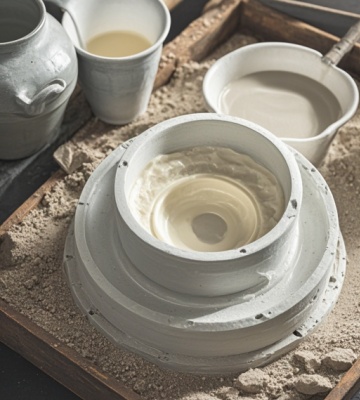
Ceramic mold casting
Principle: Ceramic slurry molding, pouring after treatment.
Application: High precision or high surface quality accessories, such as valve sealing surface, high precision flow elements.
Advantages: High precision (dimensional tolerance ± 0.05-± 0.1mm, surface roughness Ra0.8-1.6μm), good surface and dimensional quality.
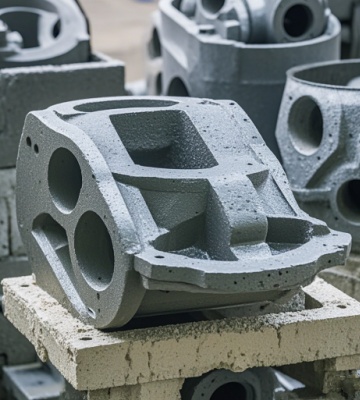
Lost die casting
Principle: foam pattern buried sand, gasification during pouring, metal liquid forming.
Suitable for: large simple accessories, such as large filter pump housing.
Advantages: simple process, high accuracy (± 0.2-± 0.5mm), less processing allowance, convenient trial production.
Material
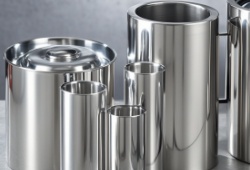
304 stainless steel
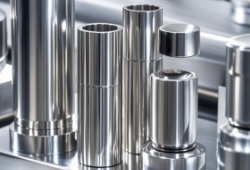
316 stainless steel
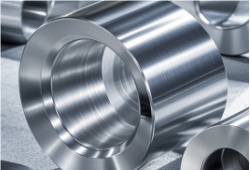
2205 duplex stainless steel
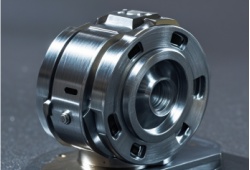
Alloy steel material
Quality Control
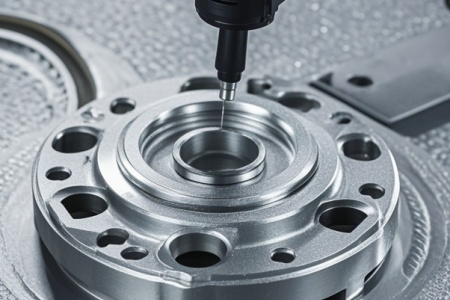
Raw material quality control
Component detection
Rigorous chemical composition analysis of the metal raw materials used for casting (such as stainless steel, alloy steel, etc.). Advanced equipment such as spectral analyzer is used to ensure that the content of various alloy elements meets the design requirements and the error is controlled in a very small range. For example, for 316 stainless steel, the content deviation of key elements such as chromium, nickel and molybdenum should be within the specified standard value, and any abnormality of the composition may affect the corrosion resistance and mechanical properties of the parts.
Processing capability
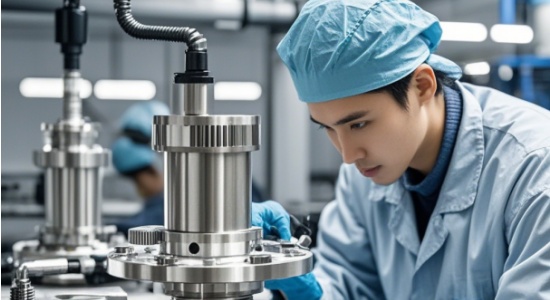
Size range: It can process the filter pump valve parts from millimeter to several meters, covering small, medium and large sizes to meet the needs of different application scenarios.
Shape complexity: It can manufacture accessories with internal complex flow channels, thin-walled structures, special-shaped contours and chambers, and copy various complex shapes.
Material diversity: can process stainless steel, alloy steel and special materials (such as titanium alloy, copper alloy, etc.) made of accessories, suitable for many fields.
Accuracy and surface quality: the dimensional tolerance is controlled within ± 0.05-± 0.5mm, and the surface roughness Ra value is 0.8-3.2μm to ensure the fitting accuracy and performance.
Additional processes
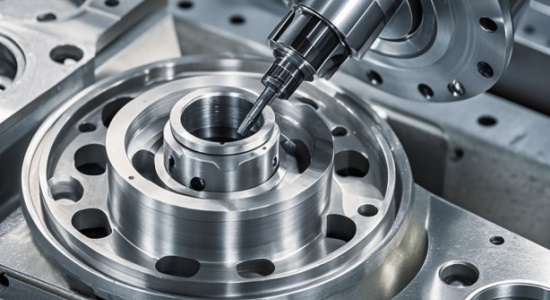
Machining: the parts after casting are turned, milling, drilling and other operations to improve the dimensional accuracy, ensure the flatness of the installation surface and the concentricity of the hole, so that the parts meet the assembly requirements.
Surface treatment: including passivation, galvanizing, chrome plating, etc., to enhance the corrosion resistance of accessories; There is also a polishing treatment to reduce surface roughness and improve aesthetics and fluid permeability.










